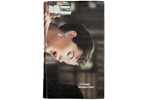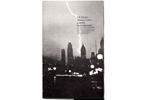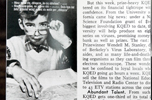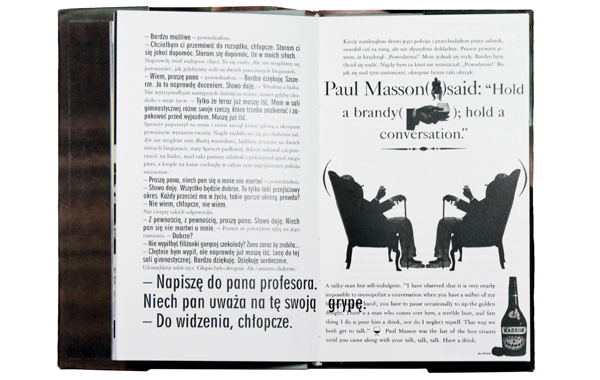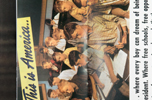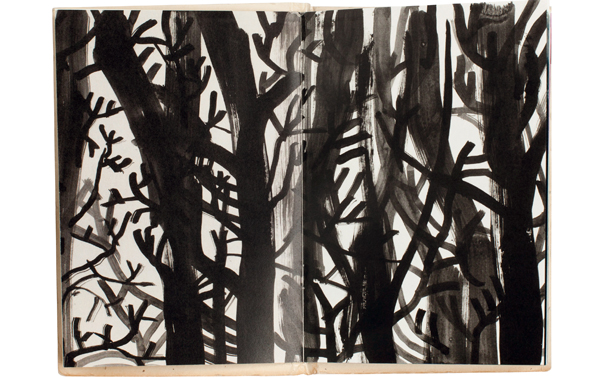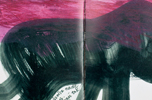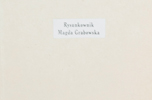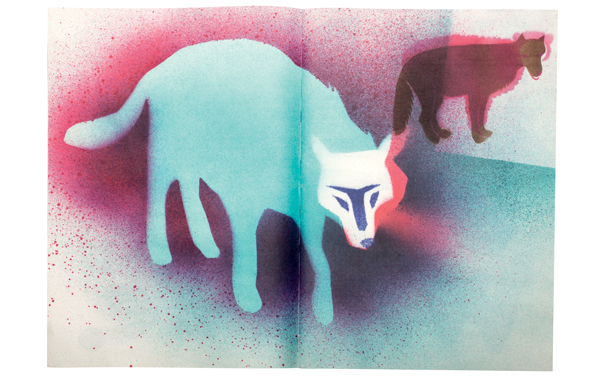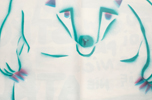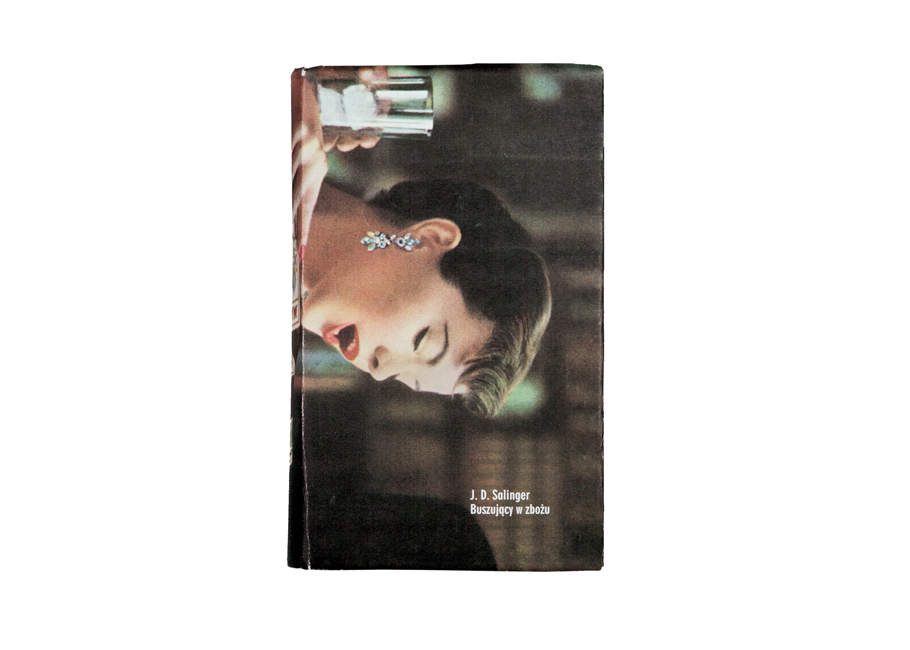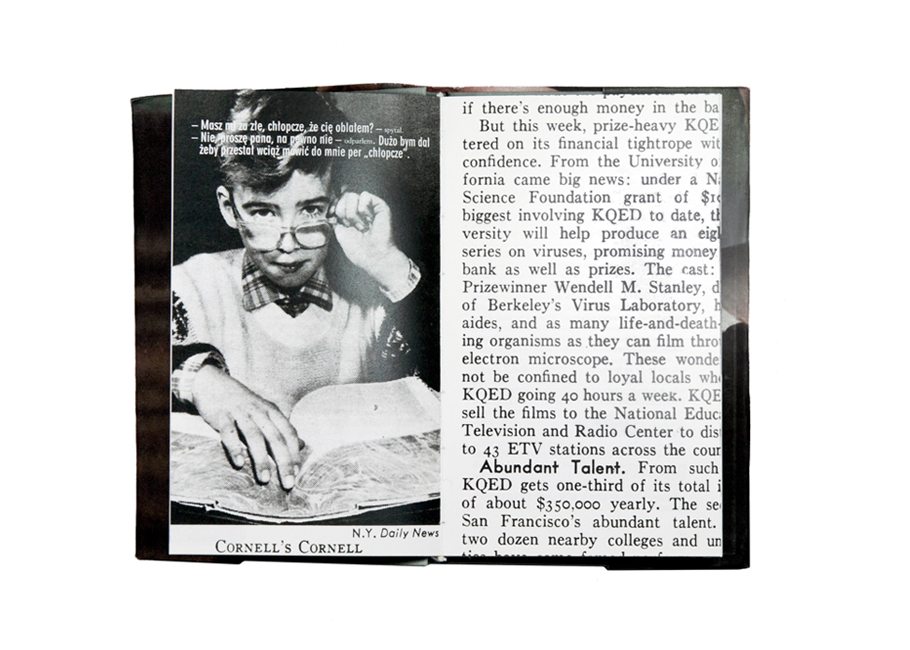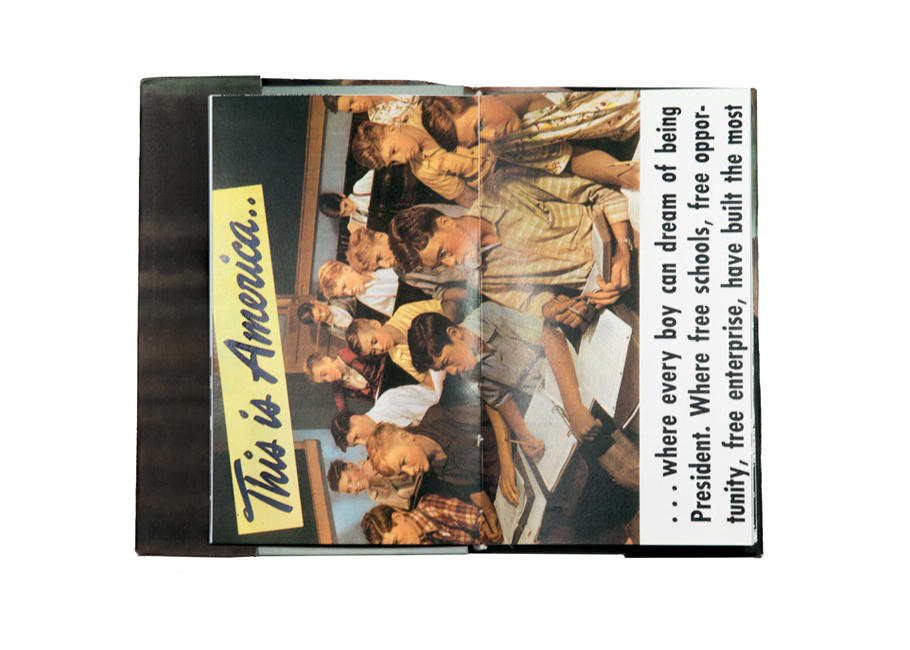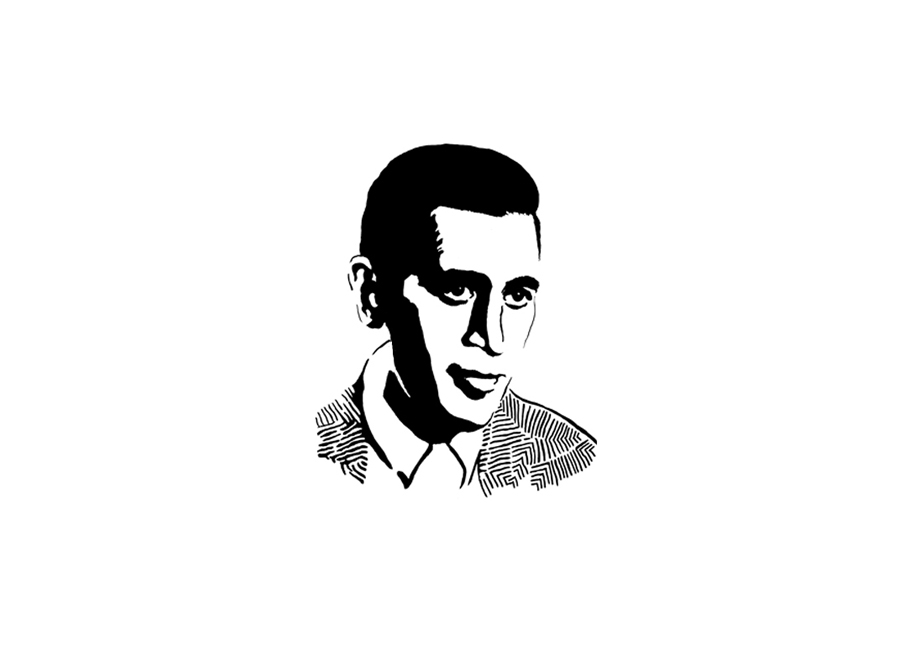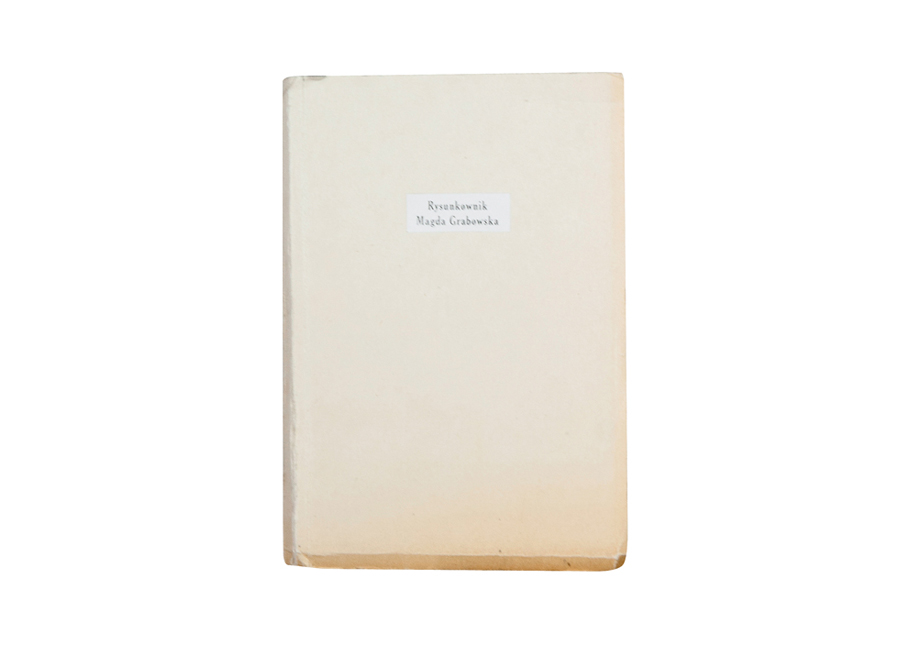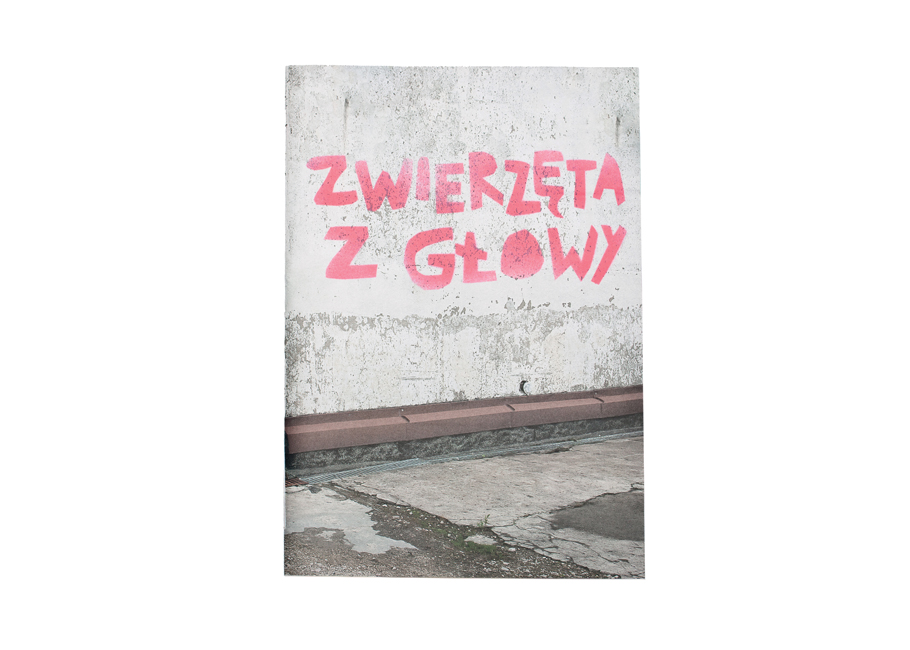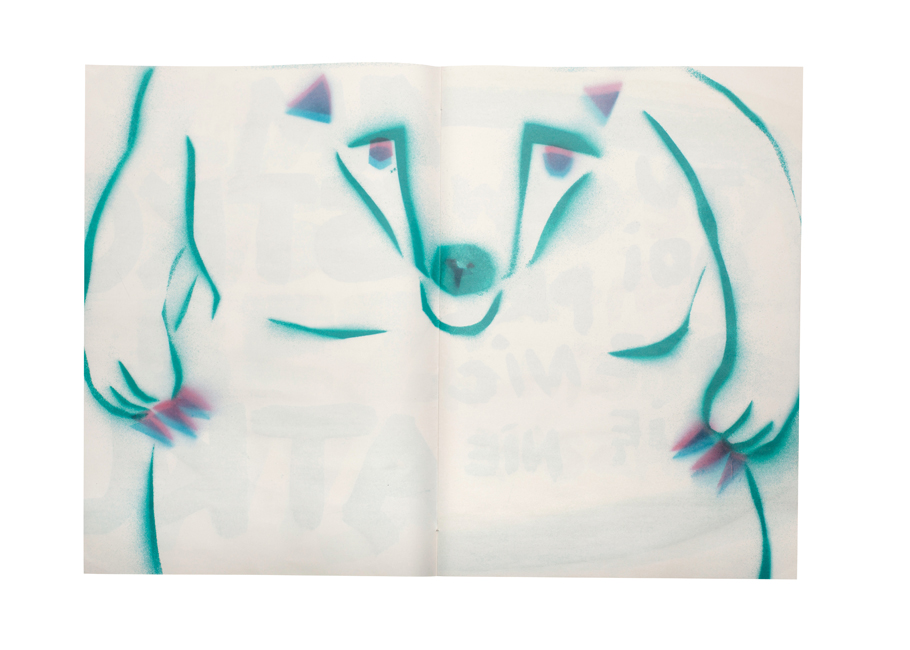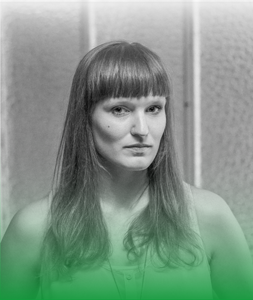
Graphic design for J.D. Salinger’s The Cutcher in the Rye
Supervisor:
Professor Maciej Buszewicz
Studio of Book Design
>Magda Grabowska
Creation is my way of life. My work in both the graphic arts and music is an attempt to express my emotions using various means of expression. There are moments when these two worlds – graphic arts and music – penetrate and complement each other.
Book design as well as illustration is a creation of new worlds, according to my own rules. The emergence of a book layout is a long process. It involves penetrating the content, searching for reference material, developing an appropriate key to encase character and emotion in an appropriate form. This eventually leads to the creation of an object which will not lose its functionality. It also has to be suitable for reproduction.
For me, a book is an object for touching, which creates a physical, intimate relationship between the book and reader. I draw a great deal of inspiration, in addition to the obvious influence of Professor Maciej Buszewicz and MFA Daniel Mizieliński’s Studio of Book Design, from the design output of Irma Boom, on whom I wrote the theoretical dissertation for my degree. Tracking the designer’s artistic career, I realised how long the road ahead of me is, and how much persistence and courage facilitate the struggle for artistic independence. I think that it is only by being true to yourself that you can create a unique, authentic piece and develop your own language of artistic expression, which in turn enables artistic development. It is also important not to be afraid of making mistakes.
>Professor Maciej Buszewicz
Jerome David Salinger, a New Yorker, was the son of a Jewish expatriate from Poland who sold kosher cheese. At the age of twenty he was sent to Europe to learn his father’s trade, first in Vienna, then in Bydgoszcz, where for several weeks Salinger junior worked in a slaughter-house; then there was war and the Omaha Beach massacre from which he barely survived. He was exactly 50 when his only novel The Catcher in the Rye was published. When Magda Grabowska started working on her degree piece, sixty years had passed from the first American edition. Referring to the temporal distance between Magda and the year 1949, from my generation’s perspective it is as if someone in the 1970s made a degree piece
on a John Galsworthy or Henryk Sienkiewicz novel.
The Catcher in the Rye ( Holden Morrisey Caulfield, the main character and narrator in the same person) did not grow old at all. The title comes from Robert Burns, the king of Scottish poets, from his poem, supposedly for children, Comin’ Thro’ the Rye. I suggest you read it.
From the day of issue until the present day the book, printed in more than 65 million copies, has prompted extreme opinions. In 1951 its publication caused a real moral scandal. Written in the first person, directly, in language which even today
to some seems too bold, cynical and obscene, openly discussing sexual matters, only six years after the end of the Second World War, it was a shocker.
Salinger did not write much more in his later life, and published even less. His book became, as a school obligatory reading, a manifesto for the generation which came into being, literally, when it was being written. Generation 68, protagonists of the British New Wave films, in particular Lindsay Anderson’s, like if…, or, searching for Polish examples, characters portrayed by Zbigniew Cybulski in Andrzej Wajda and Tadeusz Konwicki’s pictures. These “rebels without a cause” were a direct continuation of the main character from Salinger’s novel.
Magda Grabowska, developing her interpretation of the book in the original language version (due to the need to maintain linguistic consistency between the text of the book and in illustration material) has made a conscious and – as it turned out – accurate temporal adjustment. She shifted the date of the novel’s protagonist arrival in New York from 1949 to, let us say, 1961, when another rebel came to the city: Bob Dylan. Due to this twelve-year time shift Caulfield comes to a city of intellectual ferment, on one hand the counterculture, as we like to call it now, and on the other an emerging consumer society. To a contemporary reader the material world of the New York of the late 1940s would look like something taken from Some like it hot. The New York of the twenty-year-old Dylan is much better suited to the general stereotype of the America of long ago, and this city in particular.
All those coming to New York from provincial America go there to get ahead. To get luck, money and fame. They end up in a jungle of sounds, streets, cars, aggressive lights and advertising. In the version proposed by Magda Grabowska it is advertising, this brave new world, which guides the reader through the pages of rich and concise prose of Salinger’s text and the streets of Manhattan.
A seemingly calm narrative, the old-fashioned way. At some point adverts appear, not too obtrusive, they instead stimulate the appetite for beautiful objects, often out of our, the readers’, range. Sometimes we stop reading, let them drag us in, sometimes we skip them, as if we were walking down Broadway with our eyes fixed on the view of the street, not paying attention to neon signs, advertising and display windows.
But due to Magda’s design we cannot completely ignore them. They become more and more numerous, more aggressive, and in addition fragments of dialogue from the book physically enter the adverts, the worlds mix together, we no longer can just peek at them, we have to consume them. We grow more and more irritated, angry even, more and more annoyed, more and more lonely in the noise of images and sounds. This is not the merry honking from Gershwin’s An American in Paris, it is rather cries and machine gun bursts… if…
It is a beautiful, meticulously composed – even in a musical sense – book, featuring the use of very thrifty measures. A huge amount of work, invisible even to the most careful reader. Completed by somebody concerned enough to notice subtle retouches in adverts, to ensure the careful removal of unnecessary fragments in citations. All this to create an effect, to build an atmosphere, to be like the catcher in the rye.
Go to page: buszmeni.pl





